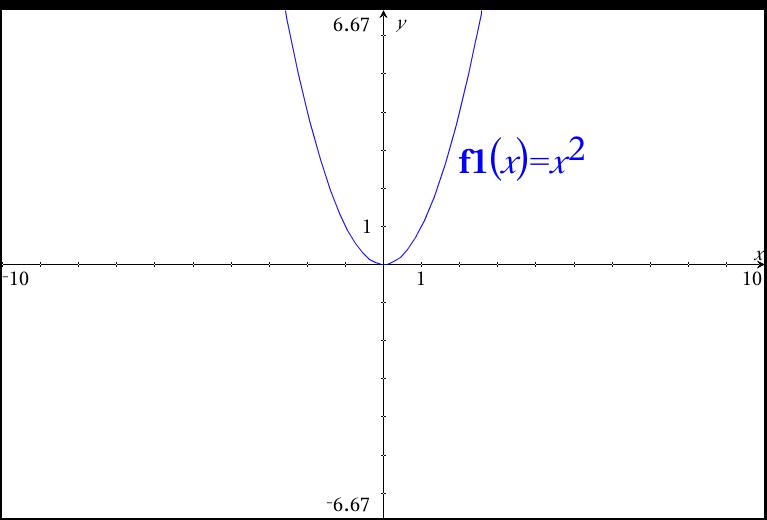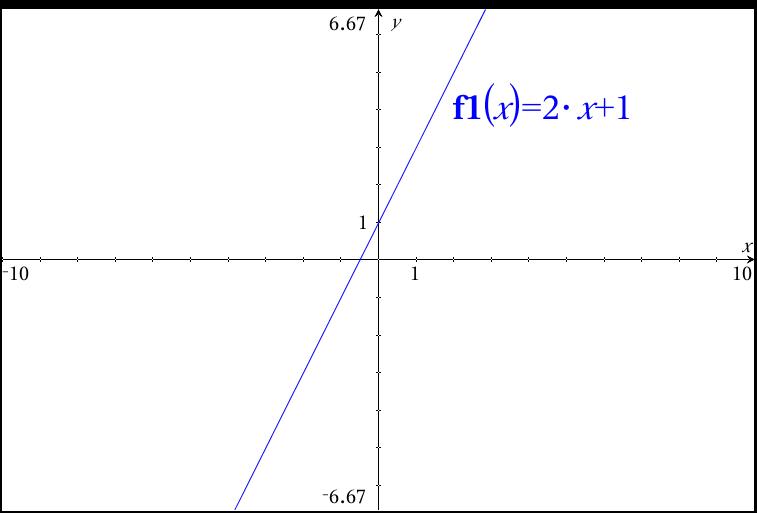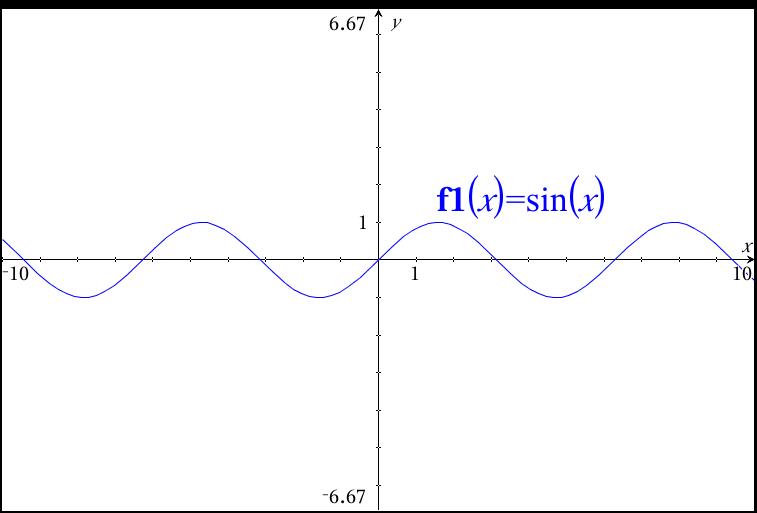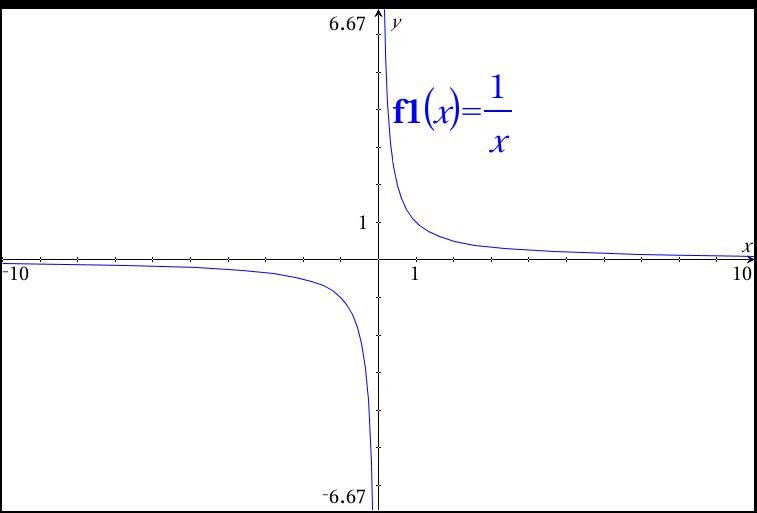Range
Key Questions
-
The range of a function is the set of all possible outputs of that function.
For example, let's look at the function
#y = 2x# Since we can plug in any x value and multiple it by 2, and since any number can be divided by 2, the output of the function, the
#y# values, can be any real number.Therefore, the range of this function is "all real numbers"
Let's look at something slightly more complicated, a quadratic in vertex form:
#y=(x-3)^2+4# . This parabola has a vertex at#(3,4)# and opens upwards, therefore the vertex is the minimum value of the function. The function never goes below 4, therefore the range is#y>=4# . -
The range of a function is its y-values or outputs. If you look at the graph from lowest point to highest point, that will be the range.
Ex:
#y = x^2# has a range of y#>=# 0 since the vertex is the lowest point, and it lies at (0,0).

Ex: y = 2x + 1 has a range from
#-\infty# to#\infty# since the ends of the graph point in those directions. (down and left, and up and right)
In interval notation, you would write#(-\infty,\infty)# .
Ex: Some functions have interesting ranges like the sine function.
y = sin(x)
Its highest values are 1 and its lowest values are -1. That range is#-1<=y<=1# or [-1,1] in interval notation.Ex: A rather complicated function with a very challenging range is the inverse or reciprocal function,
#y=frac{1}{x}# .
The output values might be difficult to describe except to say that they seem to include all real numbers except 0. (there is a horizontal asymptote on the x-axis)
You could write
#(-\infty,0)U(0,\infty)# in interval notation.Enjoy your study of range!